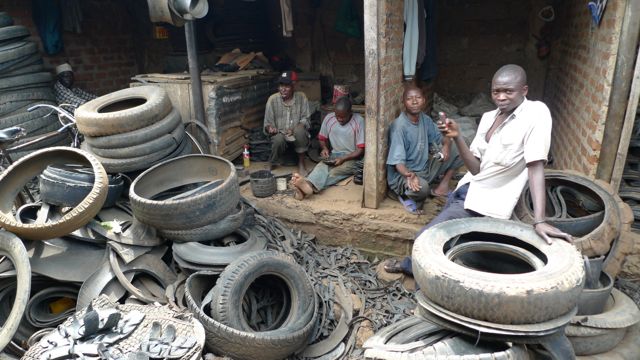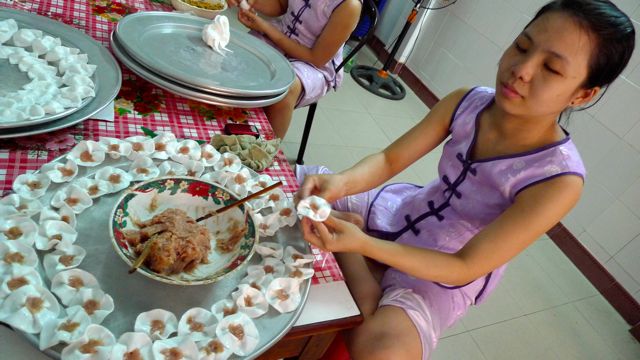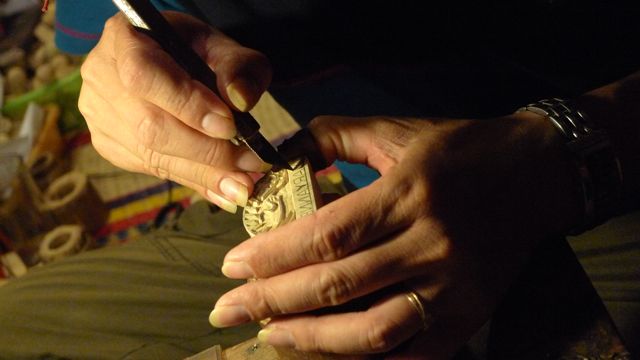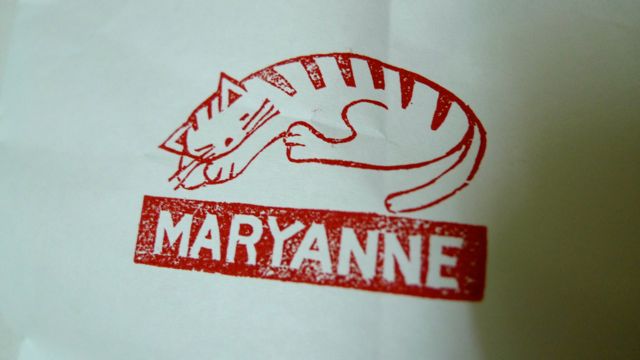I’m a sucker for The World’s Largest Tallest Widest anything.
World’s Largest Basket? Check. World’s Largest Cuckoo Clock? Been there, done that. World’s Tallest Thermometer? Of course.
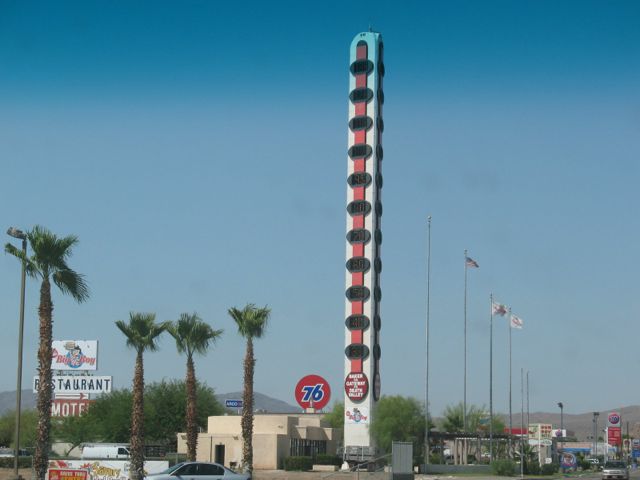
So when I ended up in Cameron Highlands, Malaysia, home of The World’s Largest AND Smelliest Flower, I was ready to hunt down this stinky bloom.
Unfortunately, that’s a little difficult to do without some help. The flower is rare and, thus, protected. It only blooms for 4 to 5 days at a time, and sometimes there aren’t any flowers for months. And since the endangered plant is on native land, only people of the Orang Aslis tribe — or guides educated by the tribe — know where to find it.
That means I had to pay for a tour, which I hate doing, instead of setting out on my own. And so some new friends and I booked a trip.
I knew I was in for a bumpy ride when I was picked up at the hostel in a Land Rover that looked like it had been dipped in caramel. Muddy caramel.
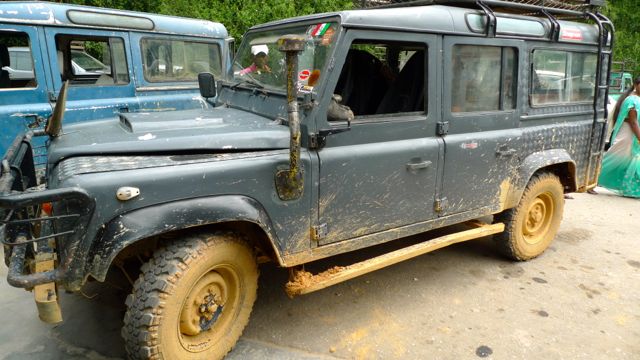
The tour guide was a Malaysian man with a slight build and bulbous, jaundiced eyes. He wore a silver marijuana leaf on a chain and had this laminated poem posted above the steering wheel:
Stoners live and stoners die
Fuck the world, let’s get high.
Pot’s a plant, it grows in the ground,
If God didn’t like it, it wouldn’t be around.
So drink 151 and smoke a bowl,
So party hard and rock and roll.
To all you preps who think you’re cool,
Fuck you bitches, stoners rule!
So my guide was a plant lover. That’s all I’m saying.
The drive to the nature preserve took about two hours on teeth-crushing, bone-jarring roads. At one point I hit the roof and bruised my eyeball. Then, at a remarkably unremarkable point in the road, our guide simply hit the brakes and turned off the ignition. He motioned for us to follow him into the jungle.
My friends and I slogged in ankle-deep mud through insect clouds, between prickly plants, across makeshift bridges for more than an hour.

Finally, our guide came to a halt. We had arrived! He held out his hand and gestured for us to gaze upon the majestic rafflesia bud.
It looked like a cabbage.

A little bit farther away, we finally saw a bloom.

The coolest thing about rafflesia is that it has no leaves, stems or true roots. It’s actually an endoparasite that grows within vines. The flower is the only part of the parasite that lives outside the host vine.
The petals are spongy, almost like a mushroom, with dots of fungus around the inside lip of the bloom.

And it is big. Here is my size 11 Nike for comparison.

Most of all, the rafflesia stinks, which is why it’s known as the corpse flower. Blow gently on this bloom, and you’ll be rewarded with the stench of rotting hamburger.
Now, I know when I say “corpse flower,” you’re probably thinking of this monstrosity.

Yes, this putrid plant is also called a corpse flower, and it’s hella huge. But while it is the largest unbranched inflorescence, the rafflesia has the largest single flower of any flowering plant. Got that? Good.
Afterward, my group met a tribe of Orang Asli, indigenous Malaysian people, who used to be headhunters. Now they eat monkeys.
This little guy was scheduled to be that night’s dinner, and he definitely knew it. He poked his hand through the wooden slats and clutched my finger for a long time, looking at me with these huge pleading eyes.

I think I’d rather eat a corpse flower.

























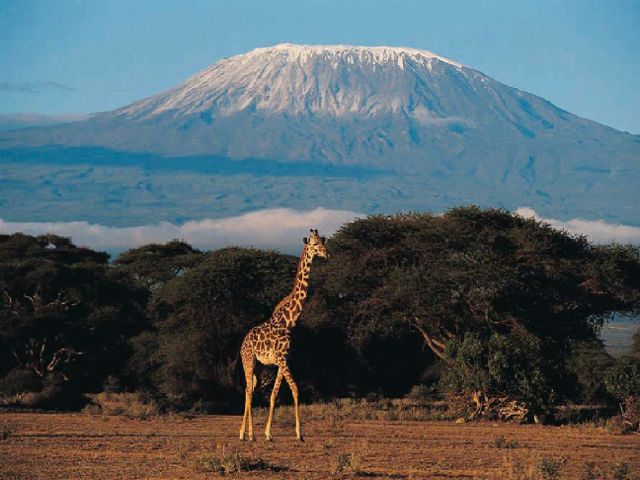



![Verizon-LG-VX8300-cellphone[1]](http://www.maggieink.com/wp-content/uploads/2011/08/Verizon-LG-VX8300-cellphone1.jpg)
